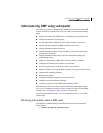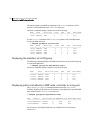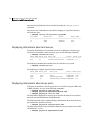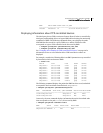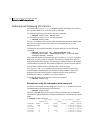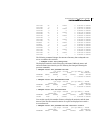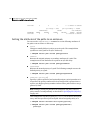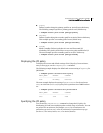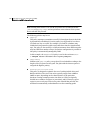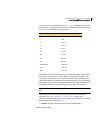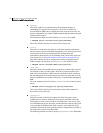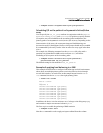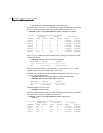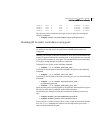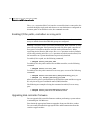
147Administering dynamic multipathing (DMP)
Administering DMP using vxdmpadm
■ primary
Defines a path as being the primary path for an Active/Passive disk array.
The following example specifies a primary path for an A/P disk array:
# vxdmpadm setattr path c3t10d0 pathtype=primary
■ secondary
Defines a path as being the secondary path for an Active/Passive disk array.
This example specifies a secondary path for an A/P disk array:
# vxdmpadm setattr path c4t10d0 pathtype=secondary
■ standby
Marks a standby (failover) path that it is not used for normal I/O
scheduling. This path is used if there are no active paths available for I/O.
The next example specifies a standby path for an A/P-C disk array:
# vxdmpadm setattr path c2t10d0 pathtype=standby
Displaying the I/O policy
To display the current and default settings of the I/O policy for an enclosure,
array or array type, use the
vxdmpadm getattr command.
The following example displays the default and current setting of iopolicy for
JBOD disks:
# vxdmpadm getattr enclosure Disk iopolicy
ENCLR_NAME DEFAULT CURRENT
---------------------------------------
Disk MinimumQ Balanced
The next example displays the setting of partitionsize for the enclosure
enc0, on which the balanced I/O policy with a partition size of 2MB has been
set:
# vxdmpadm getattr enclosure enc0 partitionsize
ENCLR_NAME DEFAULT CURRENT
---------------------------------------
enc0 1024 2048
Specifying the I/O policy
You can use the vxdmpadm setattr command to change the I/O policy for
distributing I/O load across multiple paths to a disk array or enclosure. You can
set policies for an enclosure (for example, HDS01), for all enclosures of a
particular type (such as HDS), or for all enclosures of a particular array type
(such as A/A for Active/Active, or A/P for Active/Passive).



